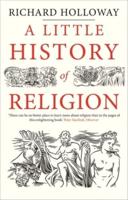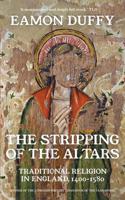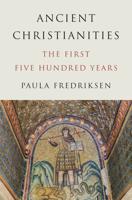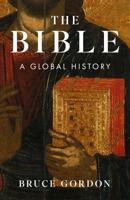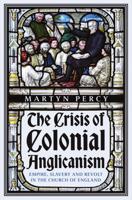Publisher's Synopsis
The consecration of the city of Constantinople in 330 CE on the emplacement of the Greek city of Byzantium was one of the most important moments in the whole of Graeco-Roman history. The foundation of the city responded to important changes in the social, political, and cultural character of the Roman empire of the first three centuries. In its role as the capital of the Byzantine Empire, it provided a setting for a new religion and the framework for more than a thousand years of continued Roman history in the east. From Byzantium to Constantinople explores, in great detail, the Graeco-Roman context of the city and its early history in the first century of its identity as the new Rome. The book surveys the events that led to the establishment of Constantinople, the circumstances of its foundation, and the first hundred years of its development as an imperial capital city resting upon a new religious identity. Based on a description and critical evaluation of the sources of the earlier history of the city of Byzantium, it attends to one document in particular--the Notitia Urbis Constantinopolitanae--a regional survey of the resources and monuments of the city, written in the early fifth century but preserving many details of the city as it had developed from its Greek and Roman background. Ranging from descriptions of Constantinople's facilities for the fighting of fires and distributions of bread, to the number of churches established in this period, the Notitia allows for a study of the economic and social diversity and housing conditions of its regions. Constantinople, the new Rome founded by the first Christian emperor, was not built in a day nor did it lack an earlier history as an important city in a strategic location. The integration of these diverse and variously problematic sources enables the foundation of Constantinople to be understood in terms of a developing understanding of its role, and as a series of initiatives that could be accommodated by the resources of the government as it responded to new and distinctly non-Classical loyalties.


